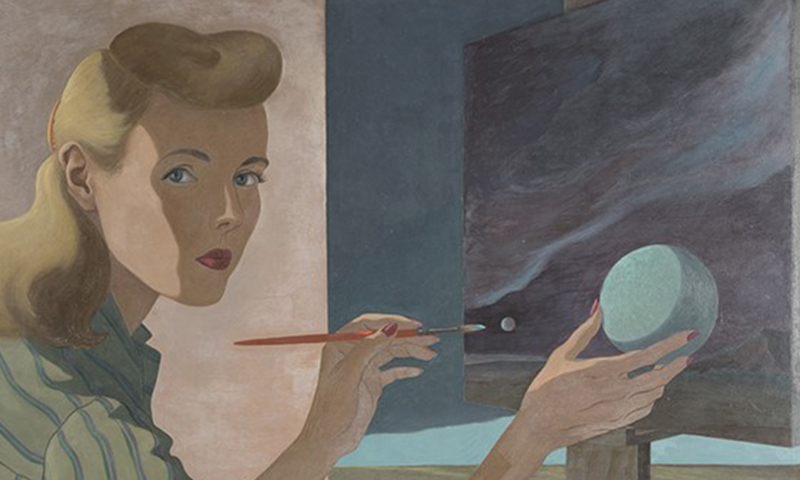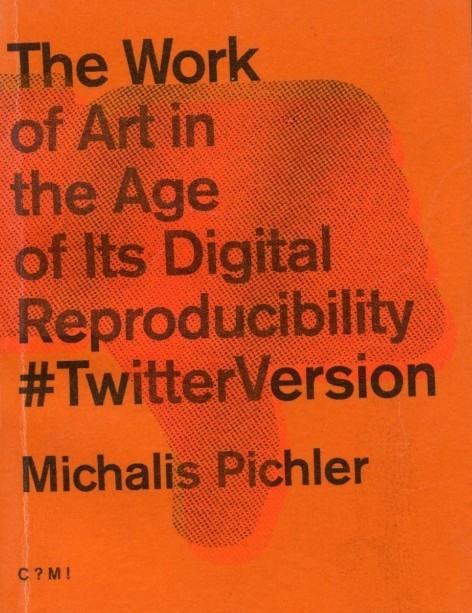

Ne also has to recognize that the same technologization has created the possibility of psychic immunization against such mass psychoses. Film often plays the role of living out our fantasies so that we do not have to: 114-5)Īs film operates in his time (and the same could likely be said of today), film often serves to squelch the urge to cause civil unrest. For this reason alone, the expropriation of film capital is an urgent demand for the proletariat. Thus, the same is true of film capital in particular as of fascism in general: a compelling urge toward new social opportunities is being clandestinely exploited in the interests of a property-owning minority. The original and justified interest of the masses in film-an interest in understanding themselves and therefore their class. But, he is reluctant to characterize the film of his time as having emancipatory quality. Interestingly, by acknowledging film’s power to disseminate bourgeois ideology, he acknowledges the potential emancipatory power in cinema. The sort of distraction that is provided by art represents a covert measure of the extent to which it has become possible to perform new tasks of apperception.” (p.


What is more, the ability to master certain tasks in a state of distraction first proves that they performance has become habitual. Benjamin says, “Even the distracted person can form habits. If ideology is what we do without knowing that we do it, then surely this kind of learning is the process by which that occurs. He points out that we often learn how to do things without being very aware of how we are learning it or what is, exactly, that we are learning. He draws a distinction between the intentional consumption of high art and the distracted, passive spectatorship that often accompanies mass culture, like in the case of watching film. In Walter Benjamin’s “The Work of Art in the Age of Its Reproducibility,” his primary concern seems to be how art-and film, in particular-are mechanized to inflict and enable the infliction of violence upon the working class.īenjamin seems to see film as having the ability to transmit bourgeois ideology. “ self-alienation has reached the point where it can experience its own annihilation as a supreme aesthetic pleasure.” (P.


 0 kommentar(er)
0 kommentar(er)
